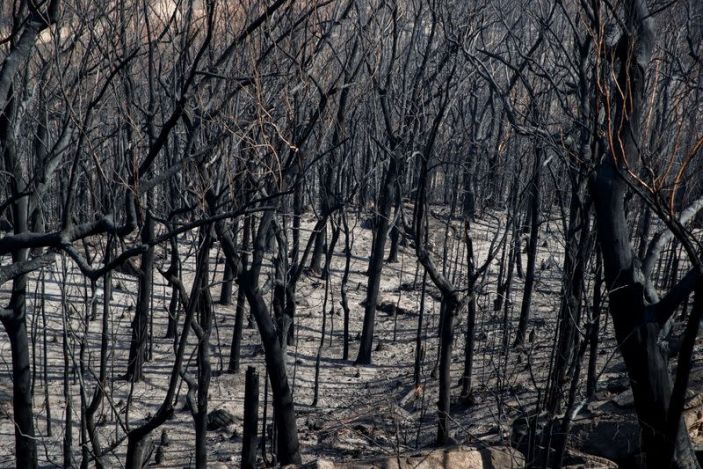
MELBOURNE (Reuters) – Australia’s most populous state has closed out its quietest fire season in a decade, its fire service said, as the coolest and wettest summer in years offered a reprieve from the uncontrolled blazes that torched large swathes of the country the year before.
The current bushfire season has seen half the number of callouts in New South Wales state, at 5,500, as the previous season, the NSW Rural Fire Service said on Wednesday, and burned 31,000 hectares compared to 5.5 million hectares razed across the state during last season’s Black Summer wildfires.
The less hazardous fire conditions were underpinned by a La Nina weather pattern, which saw Australia registering its wettest weather in four years and its coolest in nine though it also had the downside of causing massive floods in parts of the country’s east coast.
“Today marks the official end of the statutory Bush Fire Danger Period,” the RFS said in a social media post.
Fires this year blackened nearly half of the World Heritage listed Fraser Island, home to the world’s only tropical forest that grows on sand, off the country’s north east coast. In Western Australia state, fires burned more than 70 homes.
Australia’s climate has warmed by around 1.44°C (34.592°F) since 1910, while southern Australia has seen a reduction of 10–20% in cool season rainfall between April and October in recent decades, according to its Bureau of Meteorology.
Wildfires destroyed an area the size of Turkey, killed 33 people and billions of animals, and destroyed nearly 3,000 homes from September 2019 to March last year.
This month, Australians on the east coast have been inundated with rain and the worst floods in more than half a century, with tens of thousands of people evacuated.
Authorities this week began recovery efforts as water levels receded.





